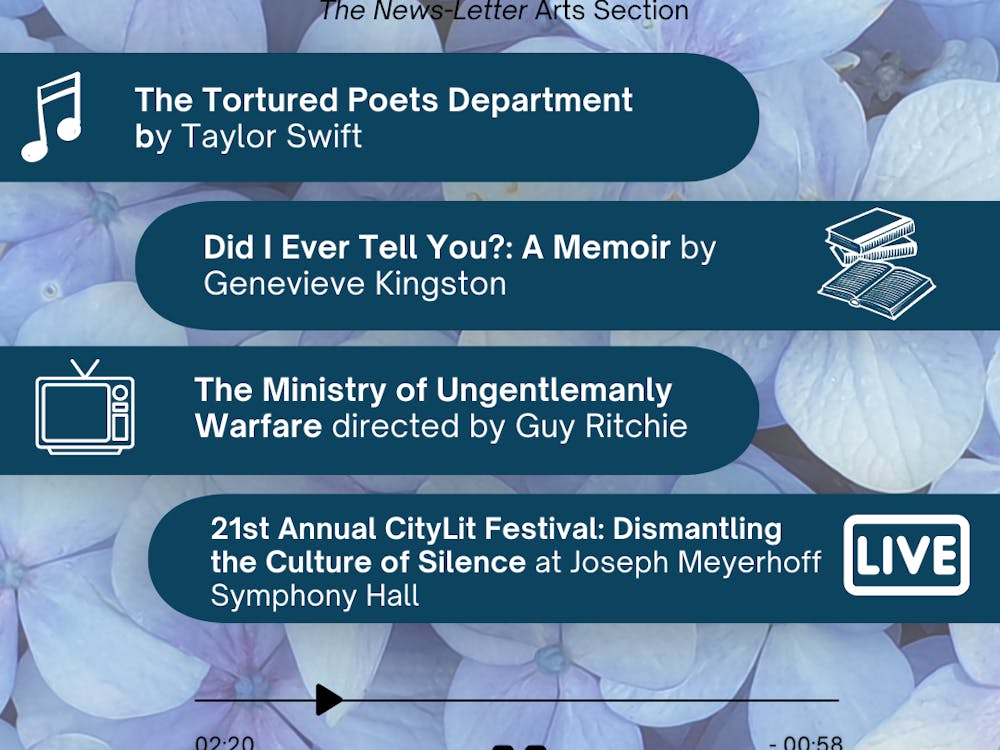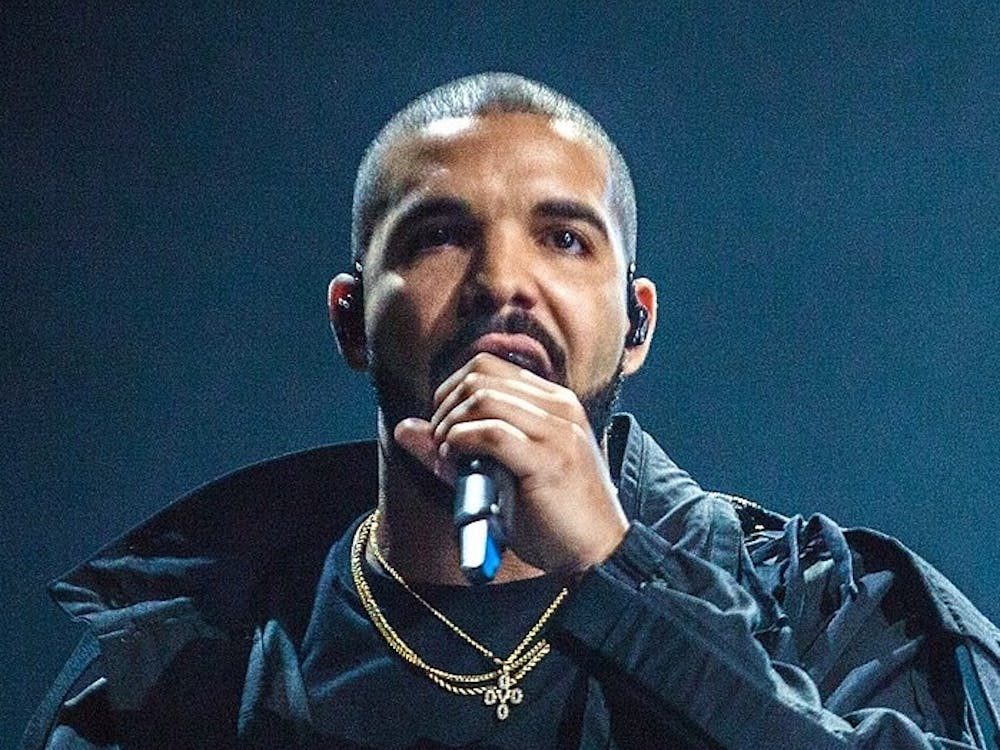In an event titled Gaining/Losing Control: The Artist and the Book Format Stephen J. Bury presented a talk on book art to a crowded auditorium of art enthusiasts, curious students and community members on Feb. 2. The talk, which was as a part of a series of programing on book art at Hopkins and around Baltimore, covered different traditional and experimental books from the early 20th to the 21st century.
Bury, an art historian who currently works as the chief librarian at the Frick Art Reference Library in New York City, is an expert on artists’ books and has published Artists’ Multiples and Multiplication as well as Breaking the Rules: The Printed Face of the European Avant-Garde among other publications. His discussion was centered around the digital age and the mass production of books that has greatly transformed the medium of reading. It was enlightening for audiences to be reminded of the artistry that can go into designing a book and how the book format itself can be reimagined into art.
In recent years, Bury coined the currently accepted definition of artists’ books, which he defines as “books or book-like objects over the final appearance of which an artist has had a high degree of control; where the book is intended as a work of art in itself.” These books allow the artists to give the books their own sense of style and meaning that allow them to expand what is on the page or provide completely new meaning.
After describing the many different types of works including traditional books, mass printed books, single edition books and experimental books, Bury also talked about the history of book art. The art form started out as a mixture of religious symbolism and Anglo Saxon imagery. With the invention of printing and mass type, the artist became another separate from the book itself with the author becoming the writer and the artist became a separate entity.
One of the main artists Bury covered was William Blake. Blake was a 19th century artist who would etch on copper to integrate text with images and sometimes he would even print in color. One of his famous books was the Songs of Innocence which was a gorgeous book with intricate artwork seldom seen in modern books. Another major player was William Morris who also developed artistic engravings in his books.
Most of the artists Bury covered, however, were 20th century book artists. A major player in this was Stéphane Mallarmé who began as a poet was at the forefront of book art at the beginning of the twentieth century. Mallarmé became very influential especially for his extreme focus on the white space of the page. Book artists decorate everything from the covers to the pages themselves.
Recent innovations have help to blur the gap between books and art. Bury proceeded to show the progress of book art throughout the twentieth century and how the methods changed over time. Some of these innovative books include literal blocks with writing on them, books that are meant to have each page torn out and littered and books that are only two dots of glue on the cover.
Bury concluded his talk by talking about the changes in text and what it means to see text on the page.






















Please note All comments are eligible for publication in The News-Letter.